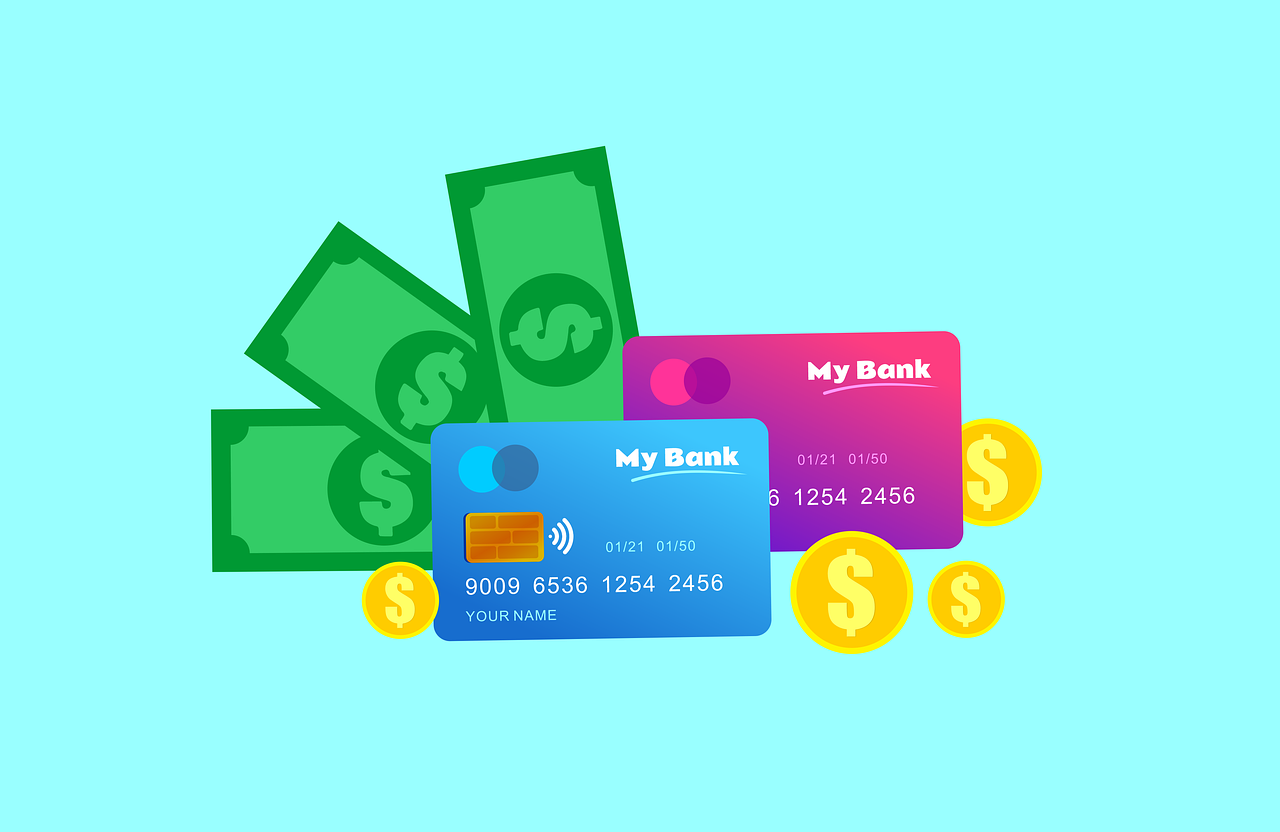A Fresh Way to Think About Rewards
When people think about credit card rewards, they often picture vacations, gift cards, or maybe a new gadget bought with points. But there’s another way to use them that is far less flashy and far more practical: paying down debt. Credit card cashback, checking account perks, and other rewards can be turned into small but steady payments that chip away at balances. Over time, these little contributions can add up to real progress. To ground this in financial context, consider the HELOC draw period meaning and definition. A HELOC, or home equity line of credit, comes with a draw period—the set number of years when you can borrow money from your line before repayment terms shift. Knowing this detail helps borrowers plan their strategy. In the same way, understanding how cashback and rewards can be applied strategically helps you maximize their impact on your financial health.
Why Applying Rewards to Debt Works
Debt repayment often feels overwhelming because balances move down slowly. Rewards create an additional payment stream without costing you extra money. For example, if you earn $25 in cashback in a month and apply it directly to your credit card balance, you not only reduce the principal but also lower future interest charges. It is like making your money work twice: once when you spent it to earn the reward, and again when the reward is applied to reduce debt.
Cashback from Credit Cards
Many credit cards offer straightforward cashback rewards, usually between 1 and 5 percent depending on spending categories. Instead of redeeming for purchases or gift cards, you can direct that cashback toward your statement balance. Some issuers let you automatically apply rewards each month, which means you never have to think about it. Others let you transfer the cashback to your checking account, and from there you can make a debt payment. Either way, every dollar applied to debt is a dollar less you owe.
Points and Miles with a Purpose
If you hold cards that earn points or miles, you might wonder if they can also be used to pay down debt. While these programs usually encourage you to redeem for travel or merchandise, some issuers allow points to be converted into statement credits. Though the value per point may not be as high as for travel redemptions, using them to shrink debt can be more valuable if your priority is financial freedom rather than a trip. This approach is especially helpful if interest on your balances is erasing the benefits of holding points for long-term use.
Checking Accounts and Bank Rewards
It is not just credit cards that offer perks. Many banks and credit unions now provide rewards for meeting certain requirements, such as maintaining a balance, using direct deposit, or making a certain number of transactions each month. These rewards often come in the form of cash deposits into your account. Redirecting that cash straight into a debt payment turns what might otherwise feel like a bonus into a tool for building long-term stability.
The Psychological Boost of Extra Payments
Beyond the math, using rewards to pay down debt offers an emotional benefit. Each time you apply cashback or points to reduce your balance, you feel a small win. These wins create momentum, reinforcing the habit of prioritizing debt repayment. Even if the amounts seem small, they remind you that progress is possible. Over time, these small victories build confidence and keep you motivated to continue the journey toward financial freedom.
Things to Watch Out For
While this strategy is useful, there are a few considerations. First, avoid overspending just to earn rewards. Carrying a balance with high interest quickly cancels out the value of any perks. Second, understand the terms of your rewards program. Some issuers may have restrictions on how rewards are redeemed or minimum thresholds before they can be applied. Third, consider taxes. Cashback is generally not taxable because it is viewed as a rebate, but certain bank bonuses might be. Checking the fine print prevents surprises.
How to Make the Most of It
To maximize the benefits, set up systems that make using rewards for debt easy. If your card allows automatic statement credits, enable that feature so rewards are applied monthly. If you must transfer rewards manually, schedule a monthly reminder to move them toward your balance. Combining this with other repayment strategies, like the debt snowball or avalanche methods, can speed up results. Treating rewards as bonus payments ensures they do not get lost or spent impulsively.
Final Thoughts
Cashback and rewards are often seen as fun extras, but they can play a serious role in your financial plan. By channeling them into debt payments, you create a steady stream of progress that requires no extra effort or sacrifice. Just as understanding the HELOC draw period meaning and definition helps borrowers manage home equity responsibly, knowing how to redirect rewards gives you another tool for managing and reducing debt. The payoff may not be as glamorous as a free vacation, but the freedom from debt is worth far more in the long run.

